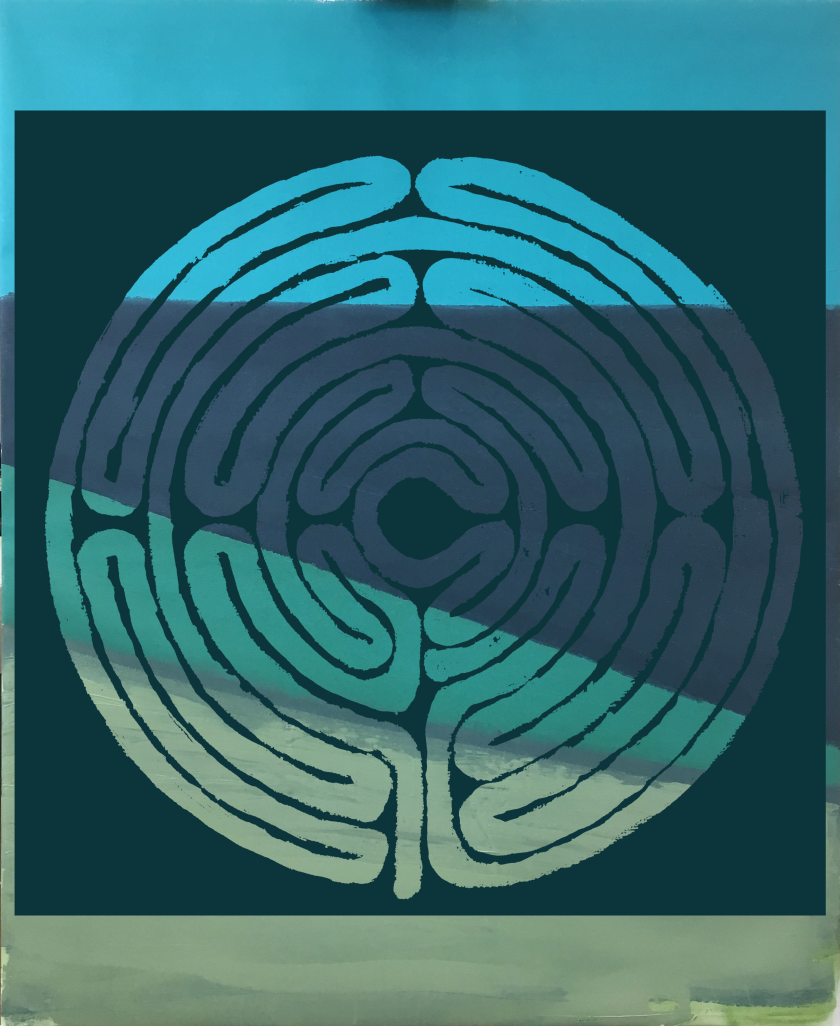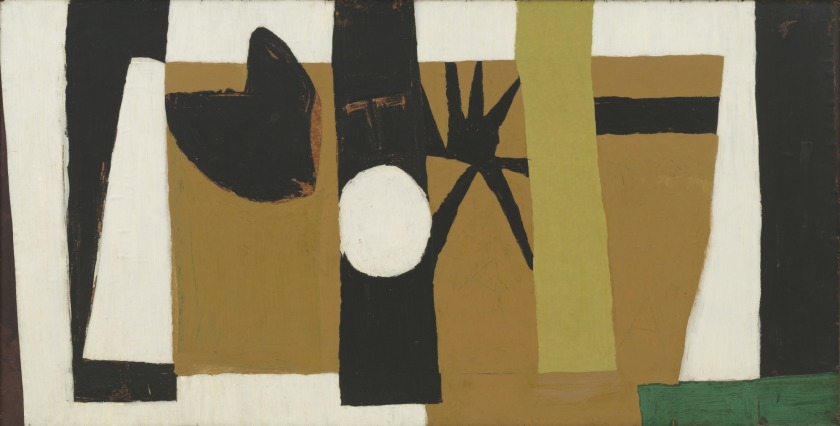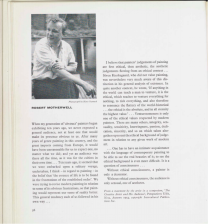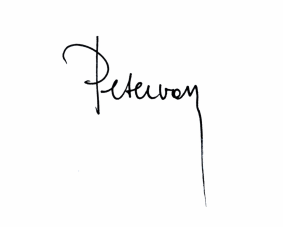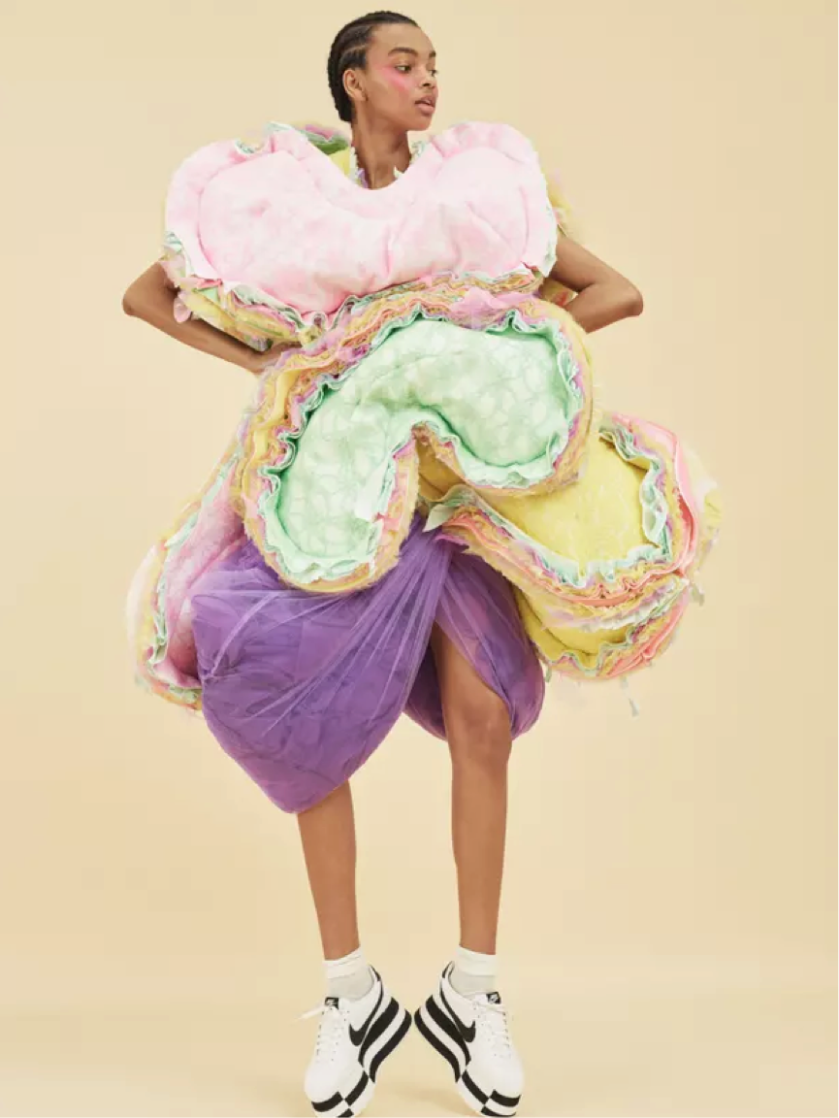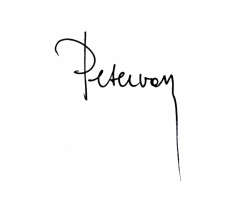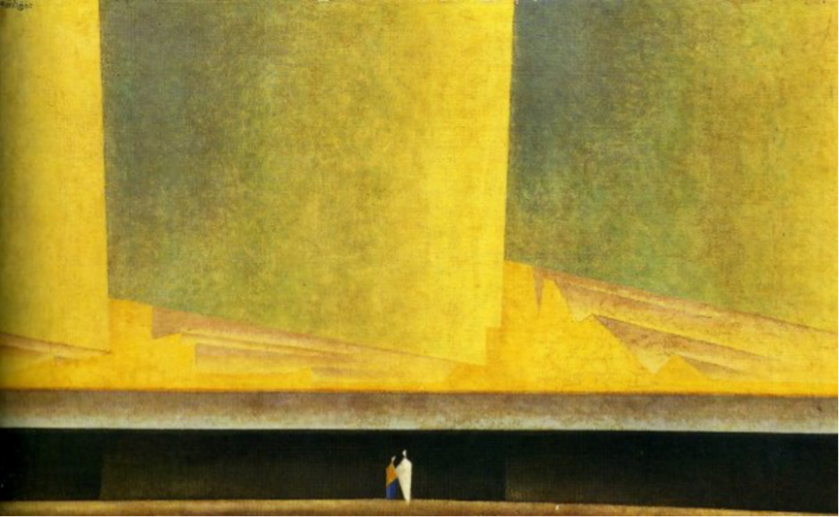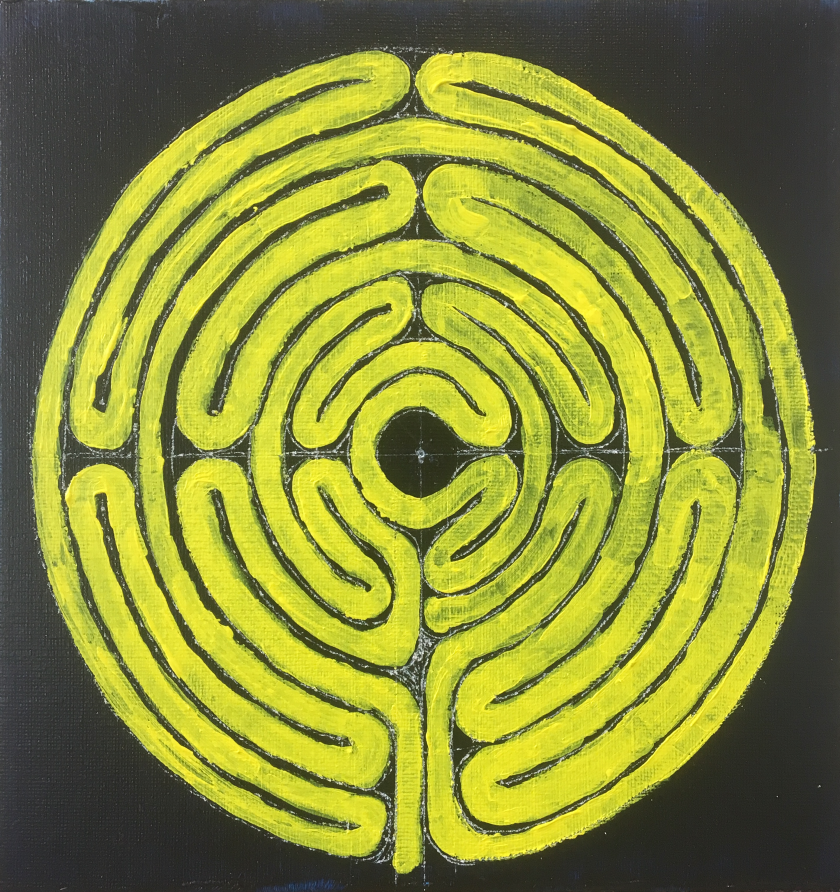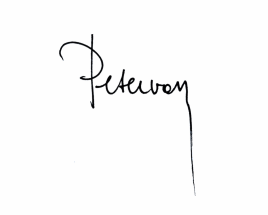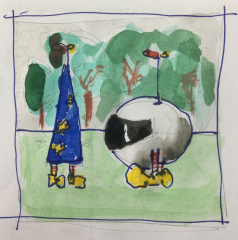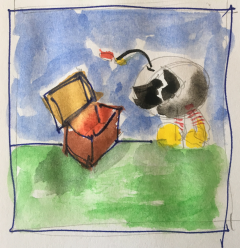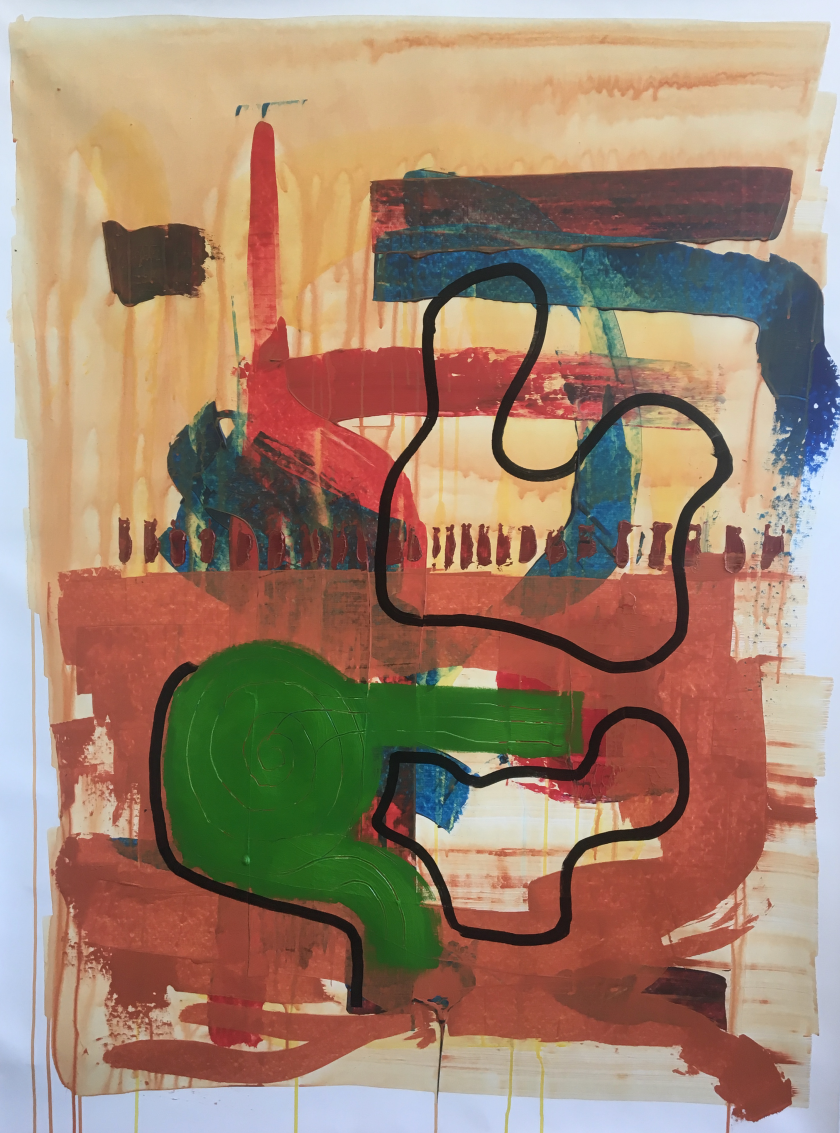There once was – a long time ago – a small Helikon. He had a round body, stockings with red and white stripes, and yellow boots.
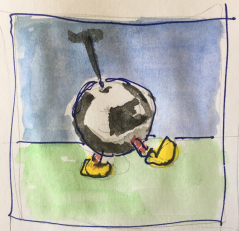
On his head he had – just like any other Helikon – a very fine “antenna” to feel for everything, and on top of that antenna, a propeller that indicated the direction and strength of the wind.
Our little Helikon also had a shiny black visor, so you could not see his eyes. But he could see you.
That shiny black visor was actually something he had inherited from his parents at birth. They had been wearing these visors for a very long time. It was a rule in Helikon country that you had to wear such a visor when you had lost some beloved one.
In the beginning everything was apparently going well and normal for our little Helikon. He was well formed, could climb very well, and had the clever brains for making it easy to bring all tasks to a successful conclusion.
But soon he had the feeling that Mom Helikon tested him, and tried to see how far she could tease him before he felt hurt. And sometimes she succeeded. I remember one time he had damaged the doors of the house with the propellor from his antenna. Just to show how angry he was.
Dad and Mom Helikon were rarely angry. Our Helikon therefore remembered all too well that one day his Dad had been really very angry. That was when Dad tried to polish the visor of his son. Our Helikon did not like the cleaning and brushing at all, and got very obnoxious. Dad then became so angry that he simply threw the cleaning cloth against the ceiling of the Helisphere. You can still see that spot today 😉
As our small Helikon grew up, he also developed a strong desire to see the antennas and propellors of the Helikas. Which at that time was actually considered very brrbwah and forbidden. One time, Mama Helikon had beaten him up for that. There was a story about the girl next door or the neighbour or maybe both. The old books are not so clear on that.
Over time, our little Helikon got something sad about him, even something of anger and violence. You could notice a certain dullness of his usually shiny black opaque visor. That was because our little Helikon had discovered that he had a speech problem: he could not pronounce the word “yes” very well. And the word “no” was also very difficult. Especially the first syllable of these two words was hard.
This speech defect haunted him for a long time but he didn’t really take care of it. The Helisphere of the Helikons lay in the middle of a big forest. In the forest were many old and large trees. The forest was very dense with ferns, mushrooms, and turquoise flowers.
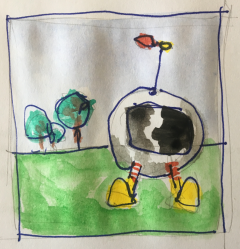
Our little Helikon often made long exploration trips in the woods. In the beginning it was fun, but as the Helikon pulled deeper into the forest, he was overcome by a deep fear. Would he still find his way back?
The deeper into the forest, the more he could smell the earth. The damp smell of wet leaves sometimes made him nauseous. And sometimes, it gave the urge to run away quickly. Were those trees real? And why were the great owls constantly howling? The small Helikon wanted to avoid at all costs that the owls saw that he was afraid.
And to prove himself, he climbed the highest trees, and jumped out of them, with his hands covering his black visor but without any further protection. It was as if he wanted to tell the forest: look what I can do! Look at what a daredevil I am! But the trees just kept standing where they stood, and pretended not to see him.
On a beautiful summer day – during one of those hikes – our little Helikon had gone very deep into the forest. There was only a tiny bit of sunlight filtering through the thick canopy of trees.

And whambam!! All of a sudden, an old fairy with spooky green eyes stood in front of him. The fairy told about the man in her life that she had lost, the eternal summer in this enchanted forest, and the black visor that she refused to wear. Helikon was very enchanted by this idea.
But the old fairy with green eyes very quickly tempered his enthusiasm by pointing out that he just landed in a fairy tale, and that all this was only a dream. A tale of elves, fairies and wizards, anyway … a tale of sweet crunchy make belief that everyone knows from his childhood.
The fairy with the green eyes made a few quick circular movements with her hand, uttered a very long spell and wished that the Helikon would soon wake up from this fairy tale and would be out in the real world: the real world of big stories of real love, real goodness, and where people no longer tried to restrain evil, but let the good grow by itself like fresh grass. Without pulling it, or without even caressing it.
Our little Helikon could not believe his ears. Was all this possible? Would such a world exist?
When the fairy touched him at the end of the spell with her magic wand, a shock went through the little body of our small Helikon: it was a wonderful warm gentle stream that flowed through his veins like hot jelly. The green-eyed fairy told him that this was “crostipana”, the holy manna pursued for centuries by all Helikons.
Helikon was now looking very intensely for that real world. But the more he searched for it, the less he liked it and the more difficult it was to imagine living there.
He searched and searched. He combed the entire forest from front to back.
Nothing could tempt, inspire or surprise him.
During one of those quests – very early in the morning, the sun was just peeping over the horizon – the little Helikon found a golden casket under a large oak tree. The sun made the morning dew sparkle in fantastic colours. It was very well made, with inlaid multicoloured gems and pearls.
The casket was closed. There was probably a big treasure inside.
Our Helikon tried to open the casket. First with a passkey he always carried in his little backpack, and when that failed, he tried to pry it open with a branch of the oak tree. Still to no avail, he threw the casket with all his might down a steep rock. The casket remained shut.
In desperation, he went to see the wise men of Helikon village.
The first wise man proposed to push the casket under water until the moisture would burst it.
The second wise man suggested to move to the country where the casket was made. They would probably have matching keys.
The third wise man just told our Helikon put the casket out of his mind, as it probably was fake and empty.
None of this helped.
Eventually our little man got to see the Great Helikon of the Helikon village. The Helisphere of the Great Helikon was very big and looked a little bleak.
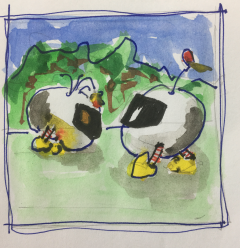
The Great Helikon himself had a long grey antenna, the screw was all rusty, and there was a large brown stain on his visor.
When he heard the story of our Helikon, he spoke with a deep voice: “Ahum, ahum” – wise men always scrape their throat – “dear little man, you will have to leave the casket with me for a while. I will handle it with special potions and spells and polish it as new.”.
When the Helikon left the casket behind, he was terrified he would never see his casket again. Let’s hope the Great Helikon would not give the casket the wrong potions, he mumbled to himself.
But, see! Few weeks later, the Great Helikon called him in, and gave the casket back to our little Helikon, saying: “You have to pamper this casket a lot, fondle very gently the lid of the casket, and talk very nicely to it all day long, and if you do that long enough, the casket will open.”
The Helikon cuddled the casket every day now. And look, after exactly three weeks the lock of the casket clicked and opened. He just had to wiggle a bit the cover, and then it really opened.
On the inside, the casket was very nicely finished: it was completely lined with soft red silk, just like a pillow, a soft bed.
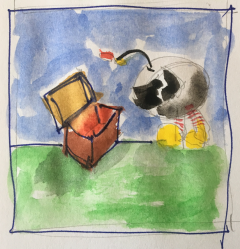
And in the middle of that red soft pillow – Surprise! Surprise! – was another teeny-weeny mini casket. It was the nicest little casket that one could imagine. A mini key lay beside it to open it.
When our little Helikon carefully opened that mini-casket, there was a note in it. This was what was on the note:
xxx
“You came here with your suitcase full of secrets that weighed very heavily. Little by little, you are opening this suitcase. At the end of this journey, this case will be refilled. This time with light, power and love. Thanks to all the nice things in it, the case will be very light.”
xxx
Our little Helikon knew he did not have to search any further. The answers to all his questions were actually within himself. From that day on the Helikon was no longer afraid of the forest.
The End
Petervan Fairy Tales ©2018
Story & Illustrations by @petervan
English proofreading & corrections by Geert Barbier (Thanks!)
Original version in Dutch here
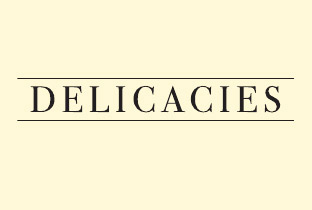

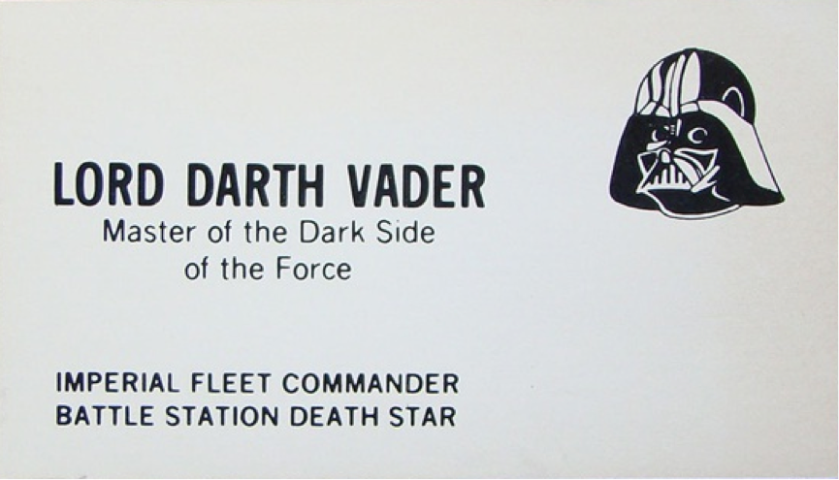
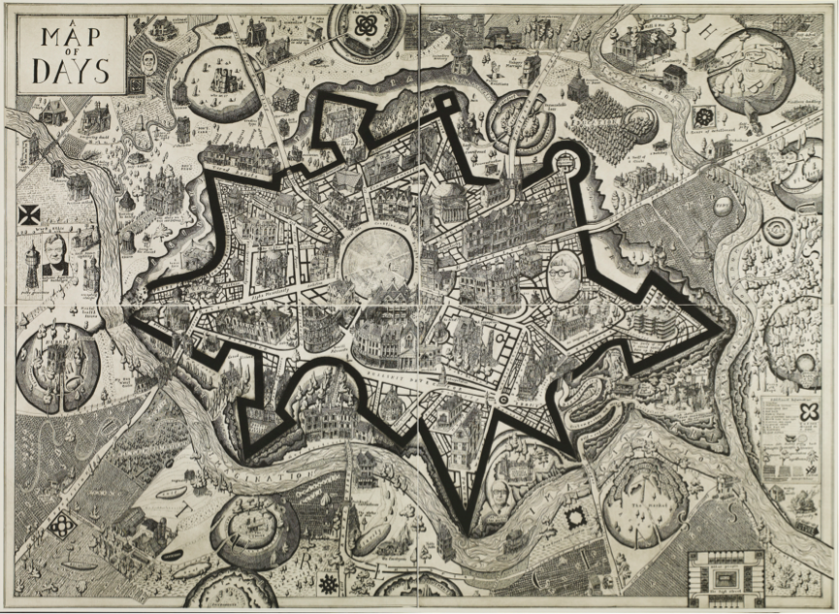 Fragment from A Map of Days by Grayson Perry
Fragment from A Map of Days by Grayson Perry